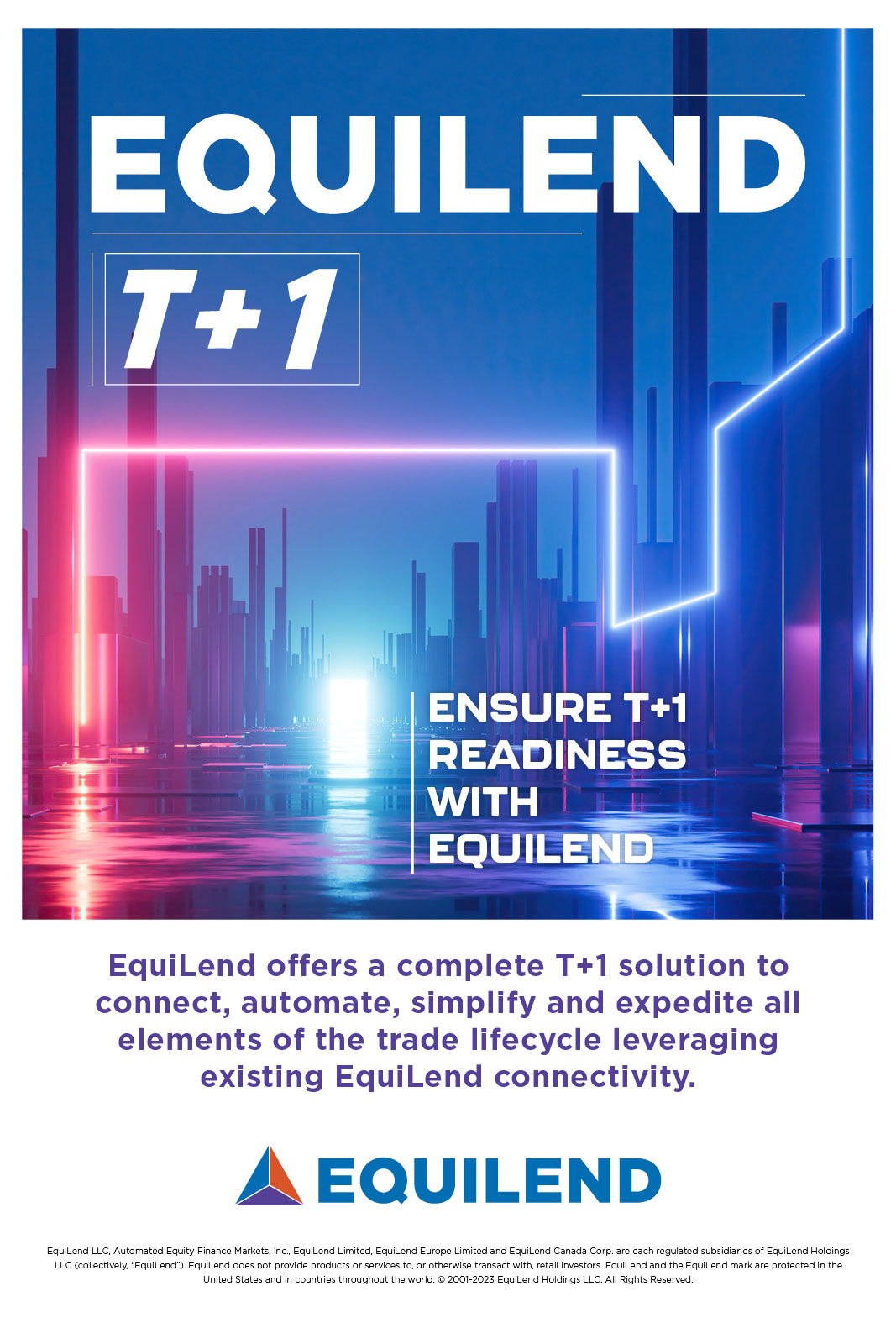ESMA releases guidelines for MiFID II product governance
06 February 2018 Paris
 Image: Shutterstock
Image: Shutterstock
The European Securities and Markets Authority (ESMA) has released it’s guidelines on product governance under the second Markets in Financial Instruments Directive (MiFID II).
MiFID II requires firms to ensure that the products they manufacture and/or distribute are designed to meet the needs of an identified target market of end-clients.
ESMA stated that the guidelines, released on 5 February, “should, in accordance with subparagraph 2 of Article 9(1), and subparagraph 1 of Article 10(1) of MiFID II, be applied in a way that is appropriate and proportionate”, taking into consideration the nature of the investment product, the investment service and the target market of the product.
For manufacturers, ESMA outlined that, in accordance with Article 16(3) of MiFID II, manufacturers should ensure that its “intended distribution strategy is consistent with the identified target”.
In addition, according to Article 24(2) of MiFID II, “the manufacturer needs to take reasonable steps to ensure that the financial product is distributed to the identified target market”.
ESMA stated that the purpose of these guidelines is to provide more clarity on the product governance obligations for firms under MiFID II, while also strengthening investor protection.
The potential target market identification by manufacturers, ESMA stated, should not be solely conducted on the basis of quantitative criteria, but also needs to be based on the knowledge and experience of clients, as well as their client’s financial situation, with a focus on the ability to bear losses.
The authority also suggested manufacturers concentrate on risk tolerance and compatibility of the risk and reward profile of the product with the target market, and also its clients’ objectives and needs—all in line with Recital 20 of the MiFID II directive.
On the other side of the spectrum, ESMA stated the distributor should “take the distribution strategy identified by the manufacturer into account and review it with a critical look”, while defining “its own distribution strategy in light of information on its client base and type of services provided”.
ESMA concentrated on Article 16(3), as well as Articles 9 and 10 of the MiFID II directive in which it requires manufacturers and distributors to review products on a regular basis.
According to ESMA, this review is necessary to “assess whether the product remains consistent with the needs, characteristics and objectives of the identified target market and whether the intended distribution strategy remains appropriate”.
Failure to achieve this could affect target market definition and distributor’s information gathering process in particular.
ESMA clarified that products manufactured and distributed before 3 January 2018 should not fall within the scope of the product governance requirements as defined by MiFID II.
Though products which were manufactured before 3 January 2018, but which are distributed to investors after 3 January 2018, should fall within the scope of product governance requirements applicable to distributors.
ESMA stated that competent authorities, to which these guidelines apply, must notify the European authority whether they comply, or state their reasons for non-compliance within two months of the date of publication of the guidelines.
In line with MiFID II’s implementation, these product governance guidelines also apply from 3 January 2018.
MiFID II requires firms to ensure that the products they manufacture and/or distribute are designed to meet the needs of an identified target market of end-clients.
ESMA stated that the guidelines, released on 5 February, “should, in accordance with subparagraph 2 of Article 9(1), and subparagraph 1 of Article 10(1) of MiFID II, be applied in a way that is appropriate and proportionate”, taking into consideration the nature of the investment product, the investment service and the target market of the product.
For manufacturers, ESMA outlined that, in accordance with Article 16(3) of MiFID II, manufacturers should ensure that its “intended distribution strategy is consistent with the identified target”.
In addition, according to Article 24(2) of MiFID II, “the manufacturer needs to take reasonable steps to ensure that the financial product is distributed to the identified target market”.
ESMA stated that the purpose of these guidelines is to provide more clarity on the product governance obligations for firms under MiFID II, while also strengthening investor protection.
The potential target market identification by manufacturers, ESMA stated, should not be solely conducted on the basis of quantitative criteria, but also needs to be based on the knowledge and experience of clients, as well as their client’s financial situation, with a focus on the ability to bear losses.
The authority also suggested manufacturers concentrate on risk tolerance and compatibility of the risk and reward profile of the product with the target market, and also its clients’ objectives and needs—all in line with Recital 20 of the MiFID II directive.
On the other side of the spectrum, ESMA stated the distributor should “take the distribution strategy identified by the manufacturer into account and review it with a critical look”, while defining “its own distribution strategy in light of information on its client base and type of services provided”.
ESMA concentrated on Article 16(3), as well as Articles 9 and 10 of the MiFID II directive in which it requires manufacturers and distributors to review products on a regular basis.
According to ESMA, this review is necessary to “assess whether the product remains consistent with the needs, characteristics and objectives of the identified target market and whether the intended distribution strategy remains appropriate”.
Failure to achieve this could affect target market definition and distributor’s information gathering process in particular.
ESMA clarified that products manufactured and distributed before 3 January 2018 should not fall within the scope of the product governance requirements as defined by MiFID II.
Though products which were manufactured before 3 January 2018, but which are distributed to investors after 3 January 2018, should fall within the scope of product governance requirements applicable to distributors.
ESMA stated that competent authorities, to which these guidelines apply, must notify the European authority whether they comply, or state their reasons for non-compliance within two months of the date of publication of the guidelines.
In line with MiFID II’s implementation, these product governance guidelines also apply from 3 January 2018.
NO FEE, NO RISK
100% ON RETURNS If you invest in only one securities finance news source this year, make sure it is your free subscription to Securities Finance Times
100% ON RETURNS If you invest in only one securities finance news source this year, make sure it is your free subscription to Securities Finance Times



